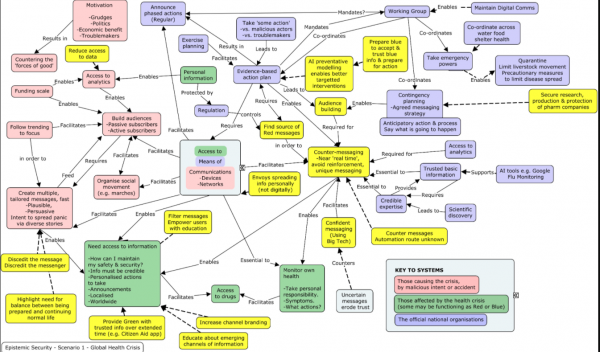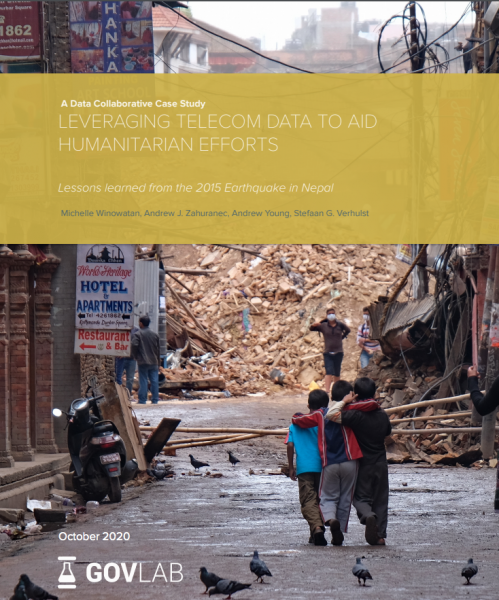Blog by Aleem Walji: “Crises do not create inequity and fault lines in society, they expose them. The systems and structures that give rise to inequality and inequity are deep-rooted and powerful. In recent months, we have seen the coronavirus bring into high relief many social and economic vulnerabilities across the world. It is now clear that Hispanics and Blacks are even more vulnerable to Covid-19 because of underlying health conditions, more frequent exposure to the virus, and broken social safety nets. This trend will only accelerate as the virus gains a foothold in Africa, parts of Asia, and Latin America.
The impact of the virus in places where health systems are weak, poverty is high, and large numbers of people are immunocompromised could be devastating. How do we mitigate the medium-term and second-order effects of a pandemic that will shrink economic growth and exacerbate inequality? This year alone, more than 500 million people are expected to fall into poverty, mostly in Africa and Asia. To defeat a virus that does not respect geographic boundaries, it is urgent for public and private actors, philanthropies, and global development institutions to use every tool available to alleviate a global humanitarian emergency and attendant economic collapse.
Technology, data science, and digital readiness are crucial elements for an effective emergency response and foundational to sustain a long-term recovery. Already, scientists and researchers across the world are leveraging data and digital platforms to accelerate the development of a vaccine, fast-track clinical trials, and contact tracing using mobile-enabled tools. Sensors are collecting huge amounts of data, and machine learning algorithms are helping policymakers decide when to relax physical distancing and where to open the economy and for how long.
Access to reliable information for decisionmaking, however, is not evenly spread. High frequency, granular, and anonymized datasets are essential for public-health officials and community health workers to target interventions and reach vulnerable populations faster and at a lower cost. Equipped with reliable data, civic technologists can leverage tools like artificial intelligence and machine learning to flatten the curve of Covid-19 and also the curve of inequity and unequal access to services and support.
This will not happen on its own. Preventing a much deeper digital divide will require forward-leaning policymakers, far-sighted investors and grant makers, civic-minded tech innovators and businesses, and a robust, digitally savvy civil society to work collaboratively for social and economic inclusion. It will require political will and improved data governance to deploy digital platforms to serve populations furthest behind. It is in our collective interest to ensure the health and well-being of every segment of society. Digital inclusion is part of the solution.
There are certain pathways public, private and social actors can follow to leverage data science, digital tools, and platforms today….(More)”.


